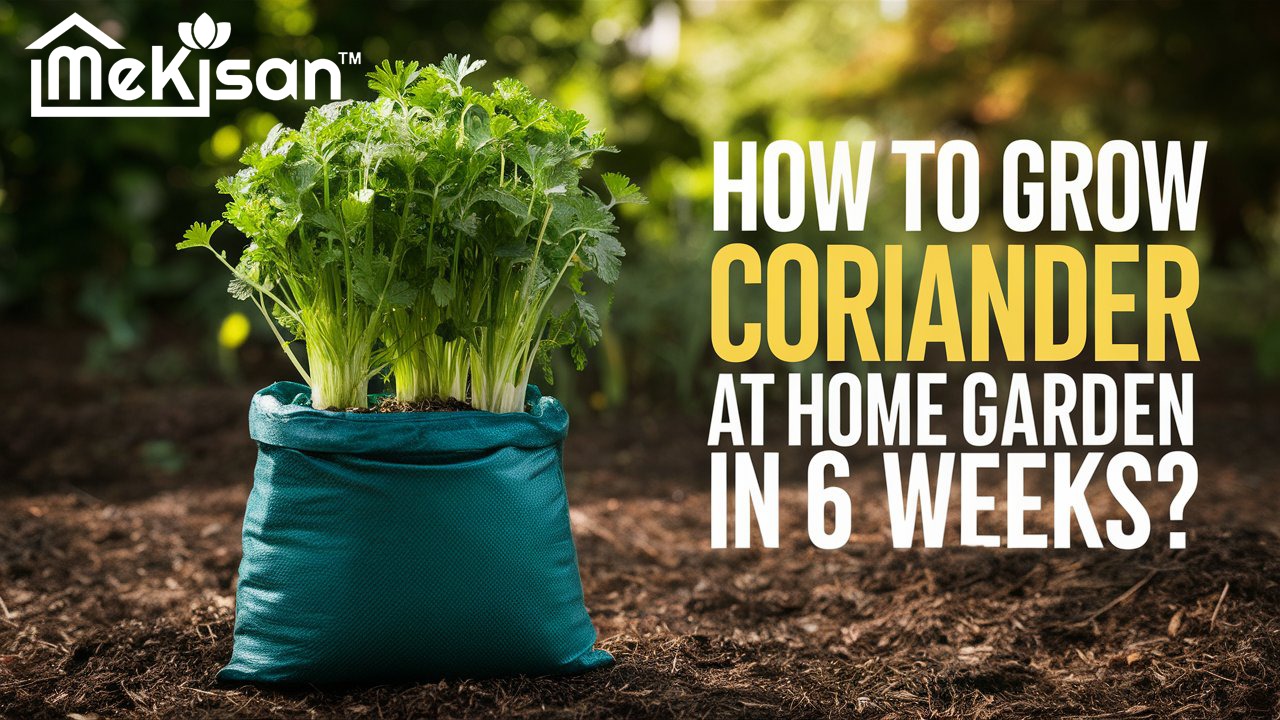
How to Grow Methi (Fenugreek) at Home Garden
Are you looking to add a flavorful and nutritious herb to your home garden? Look no further than methi, also known as fenugreek! This versatile plant is not only a staple in Indian cuisine but also offers numerous health benefits. In this guide, we'll walk you through the steps to successfully grow methi in your home garden.
What is Methi?
Methi, or fenugreek (Trigonella foenum-graecum), is an annual herb known for its distinctive aroma and slightly bitter taste. Both the leaves and seeds are used in cooking, and the plant has been used in traditional medicine for centuries.
Benefits of Growing Methi at Home
- Fresh, organic produce at your fingertips
- Cost-effective compared to store-bought methi
- Control over growing conditions and pesticide use
- Convenient for cooking and medicinal purposes
Step-by-Step Guide to Growing Methi
1. Choosing the Right Seeds
Start with high-quality methi seeds from a reputable source like mekisan.in. Look for seeds that are plump, uniform in color, and free from any signs of damage or mold.
2. Preparing the Soil
Methi thrives in well-draining, fertile soil. Follow these steps:
- Choose a sunny spot in your garden or a large pot
- Mix garden soil with compost or well-rotted manure
- Ensure the pH is between 6.0 and 7.0 for optimal growth
3. Sowing the Seeds
- Create shallow furrows about 1/4 inch deep
- Sow seeds directly into the soil, spacing them 2-3 inches apart
- Cover lightly with soil and water gently
4. Watering and Care
- Keep the soil consistently moist but not waterlogged
- Water early in the morning or late in the evening
- Thin out seedlings when they reach 2-3 inches tall, leaving 4-5 inches between plants
5. Fertilizing
- Apply a balanced, organic fertilizer every 3-4 weeks
- Alternatively, use compost tea to boost growth naturally
6. Pest and Disease Management
Methi is relatively resistant to pests, but keep an eye out for:
- Aphids: Remove with a strong stream of water or neem oil spray
- Powdery mildew: Ensure good air circulation and avoid overhead watering
7. Harvesting
- Begin harvesting when plants are 3-4 inches tall, about 3-4 weeks after sowing
- Cut leaves from the outer portion of the plant, leaving the center to continue growing
- For seed production, allow some plants to flower and form seed pods
Tips for Success
- Succession planting: Sow new seeds every 2-3 weeks for a continuous harvest
- Companion planting: Grow methi alongside tomatoes, beans, or carrots for natural pest control
- Mulching: Apply a thin layer of organic mulch to retain moisture and suppress weeds
Conclusion
Growing methi at home is a rewarding experience that provides you with fresh, flavorful herbs for your culinary adventures. With these simple steps and a little patience, you'll soon be enjoying homegrown methi in your favorite dishes. Start your methi growing journey today with quality seeds from mekisan.in and transform your home garden into a thriving herb oasis!
Remember, the key to successful methi cultivation is consistent care and attention. Happy gardening!










